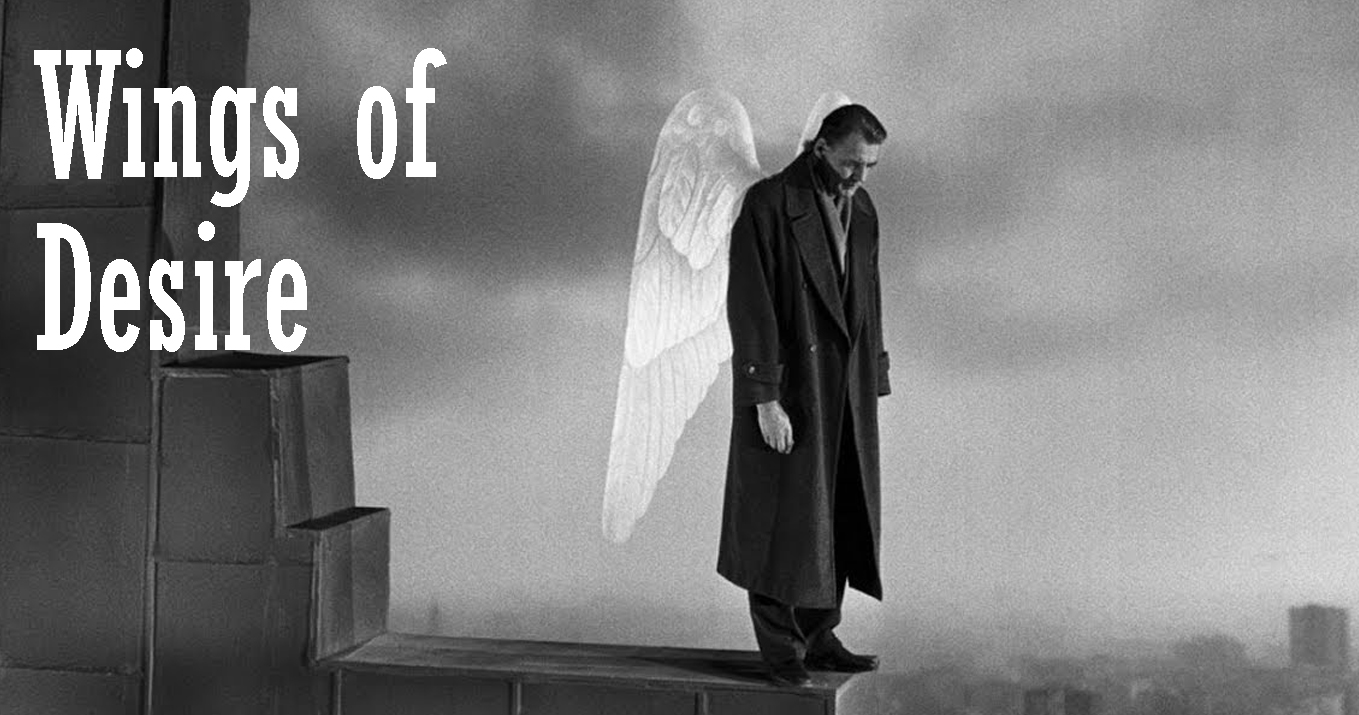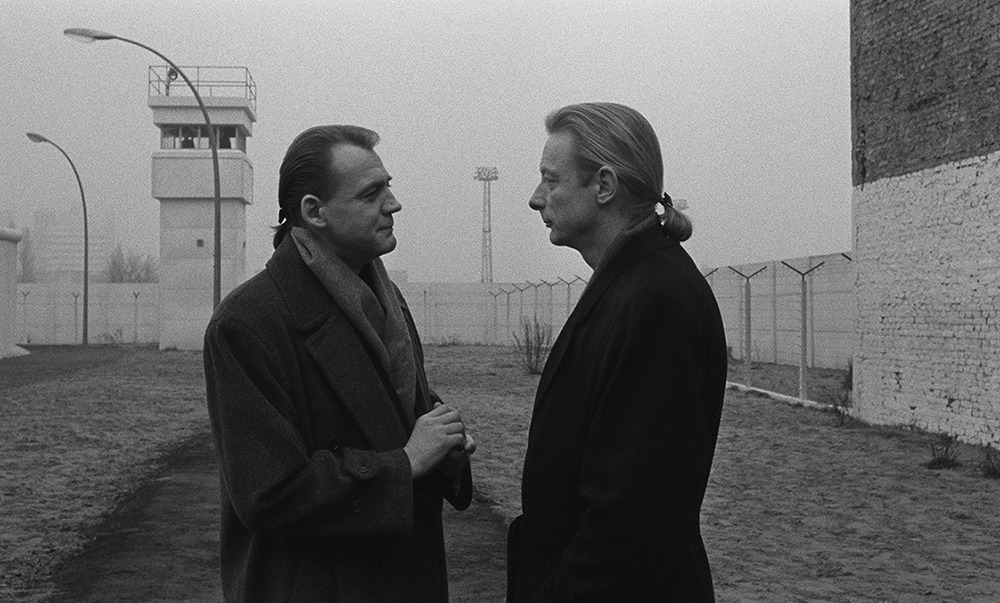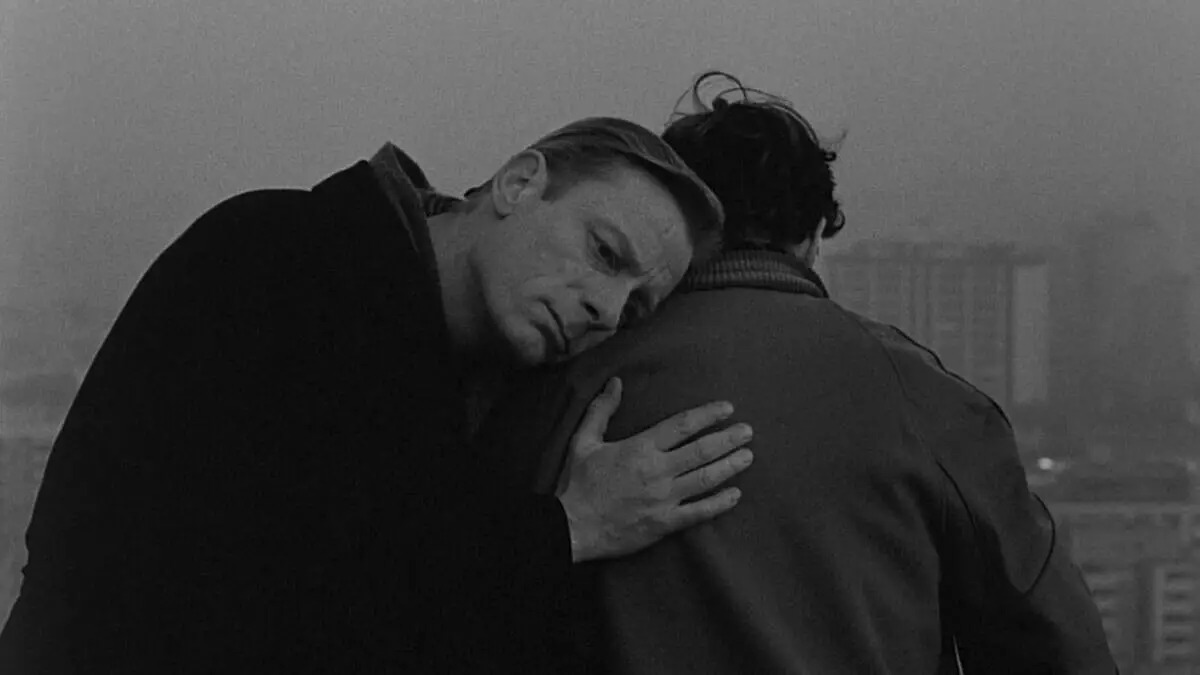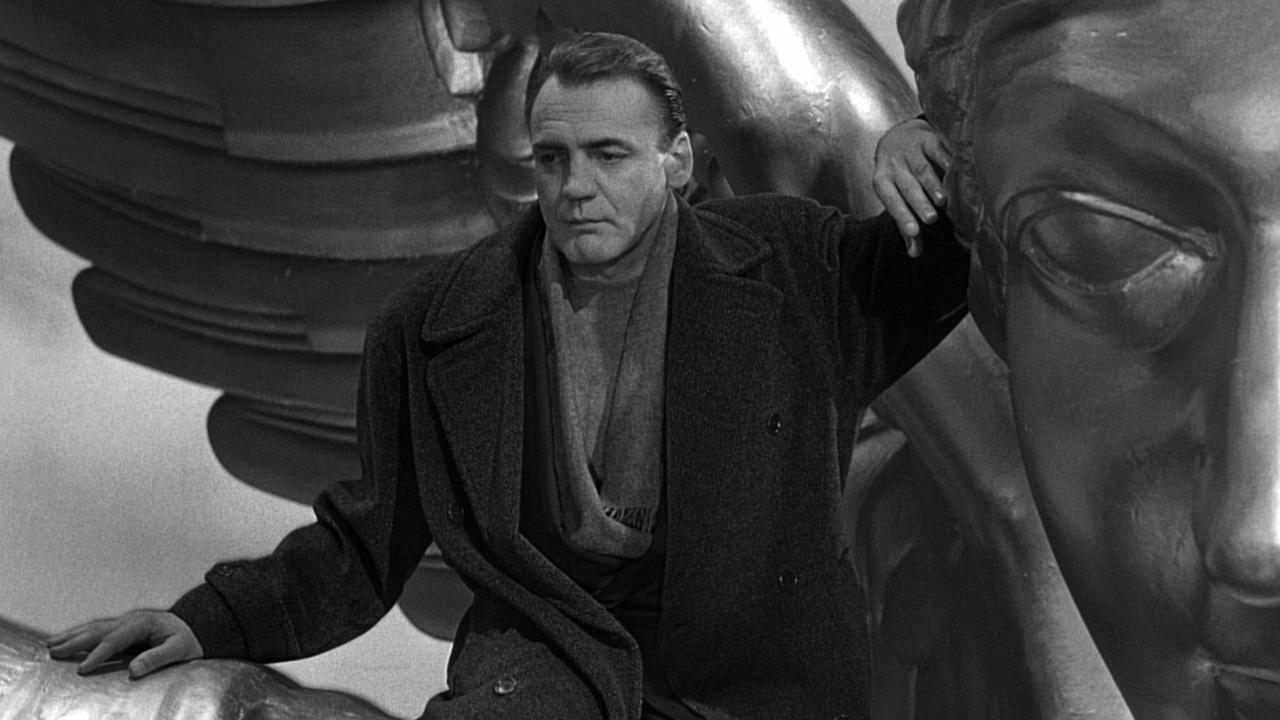Wings of Desire (1987)

Wings of Desire (1987) is a romantic fantasy film directed by Wim Wenders. Written by Wenders himself, along with Peter Handke and Richard Reitinger, this movie offers a unique take on the lives of immortal, invisible angels who live in Berlin. These angels quietly observe the lives of human beings, listening to their thoughts and comforting those who are suffering. The film explores profound themes of existence, love, and the human condition.
The story revolves around two angels, Damiel and Cassiel, who are part of a larger group that watches over Berlin’s residents. These angels do not interfere with human lives but are constantly aware of their emotions and thoughts. They feel the weight of human suffering and often try to offer silent comfort to those in distress. The angels’ invisible presence allows them to observe the world from an elevated, detached perspective, but they long to experience human life and emotions for themselves.
Berlin is portrayed as a city filled with contrasts. On the surface, it is a place of normalcy, yet underneath, it is a city with deep struggles, sorrow, and longing. The angels see it all, from a man who yearns for love to a woman facing the hardships of life. The angels’ role is to bring a sense of peace to these troubled souls, though their own existence remains a quiet, detached one.

The heart of the story is the transformation of Damiel, one of the angels, who becomes deeply moved by the beauty and depth of human life. Damiel falls in love with a trapeze artist named Marion, a woman who represents everything the angels cannot have: human experiences, vulnerability, and the capacity for joy and pain. Damiel’s growing desire to experience life as a human being leads him to make the ultimate choice — to fall to Earth and become mortal, so that he can live and love Marion.

The film’s visual style is deeply symbolic. Wenders uses black-and-white cinematography to depict the angels’ world, emphasizing their distance and otherworldliness. In contrast, when the story moves into the human realm, color emerges, symbolizing the vibrancy and intensity of human emotions. This transition from black-and-white to color highlights the difference between the angels’ detached existence and the richness of human life.

Ultimately, Wings of Desire is a film about the value of human experience, the bittersweet nature of life, and the transformative power of love. The movie invites the audience to reflect on what it means to be human and how even the most seemingly insignificant moments of life can be meaningful. Wenders crafts a meditative, poetic narrative that captivates the heart and mind, reminding us of the beauty and complexity of life itself.











